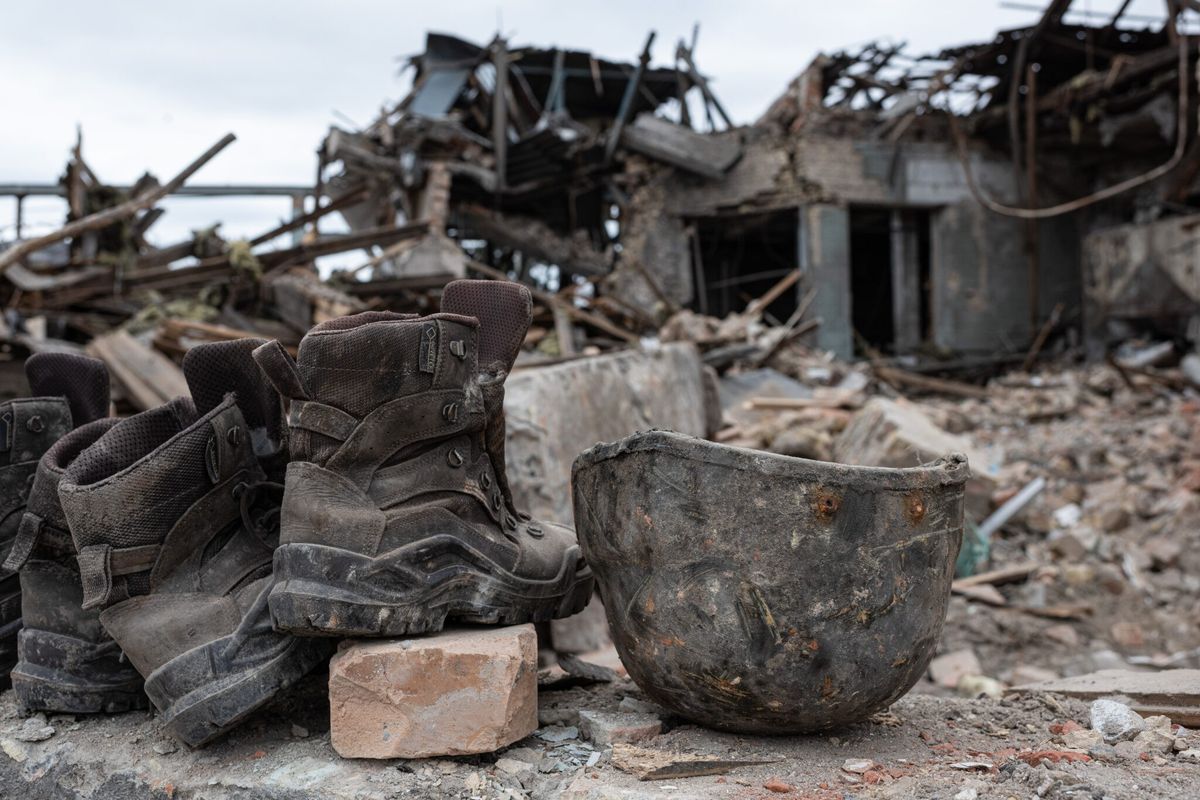Cooperation between the U.S. government and private corporations is essential for building and maintaining an effective national security platform. Within the realm of security and defense, partnerships between the public and private sectors, often known as PPPs or P3s, are at the forefront of weapons manufacturing, cyber defense, intelligence assessments, combating extremism, and emergency responses.
1. U.S. Department of Defense (DoD) issued contracts represents the most extensive area of public-private cooperation. According to a Congressional Research Service report released in April, the DoD committed $285 billion to federal contracts in FY14, more than all other government agencies combined. These contracts provide the U.S. military with weapons, equipment, food, uniforms, and operational support. Lockheed Martin, Boeing, General Dynamics, and Raytheon have each procured over $12 billion in contracts from the DoD to provide some of these essential services. The partnership is a two-way street: the government authorizes contracts based on need and corporations contribute innovations to the government.
2. Information sharing between the public and private sector is necessary to thwart cyber threats. The Department of Homeland Security (DHS) is the federal agency charged with heading U.S. cyber security strategy, although in certain cases of domestic cyber criminal offenses, information sharing may occur between private corporations and the FBI. Within DHS, the National Cybersecurity and Communications Integration Center (NCCIC) coordinates information sharing related to cyber threats amongst federal agencies and between the public and private sector.
Outside of DHS, the National Cyber Security Alliance (NCSA) is a non-profit that works with both the federal government and private companies, such as AT&T, Microsoft, PayPal, and Visa, to enhance cyber security awareness for small and medium-sized businesses.
In their report entitled “Cyber Threat Information Sharing,” CSIS experts Denise Zheng and James Lewis outlined three essential variables that help determine the amount of cooperation between the public and private sector. The factors include a foreign country’s involvement in a cyber attack on a private company, a private company’s responsibility for critical U.S. infrastructure, and any risks a company may incur from sharing private information.
3. Intelligence organizations realize a need to consult the private sector when conducting intelligence assessments. In 2001, the CIA released its Strategic Investment Plan for Intelligence Community Analysis (SIP). The report stated that the CIA could enhance its assessments by collaborating with private sector experts from academia, industry, and nongovernmental organizations. This was based on the realization that “the Intelligence Community no longer has, if ever it did, the expert on every topic of potential national security interest,” and therefore, “must systematically look to outside experts to help exploit the open source environment more effectively, fill important information gaps, and stimulate innovative thinking and alternative viewpoints.” Today, U.S. intelligence organizations engage the private sector in order to produce more comprehensive and thorough assessments.
4. The U.S. government enlists the help of social media companies to combat extremist propaganda. During a meeting in February between the Obama administration and representatives from Facebook, Google, and Twitter, the White House appealed to the social media giants to help combat violent extremist propaganda on their networks. The companies have responded; Twitter, for example, suspended thousands of extremist accounts this past spring. Increased cooperation between the public and private sector to shut down dangerous accounts could help curtail extremist propaganda from spreading across the web and extremist groups from attracting new followers.
5. Federal emergency management increasingly relies on the private sector. The Federal Emergency Management Agency (FEMA) is tasked with preparing for, protecting against, and recovering from any disasters that may occur in the U.S. Private sector, non-profit organizations have been established on regional, state, and city levels in order to enhance the effectiveness of emergency responses. FEMA has actively engaged these organizations by providing them with key tools and resources, and has integrated them into FEMA emergency management activities such as planning, training, exercising, preparedness, response and recovery.
Bennett Seftel is an analyst with The Cipher Brief.












